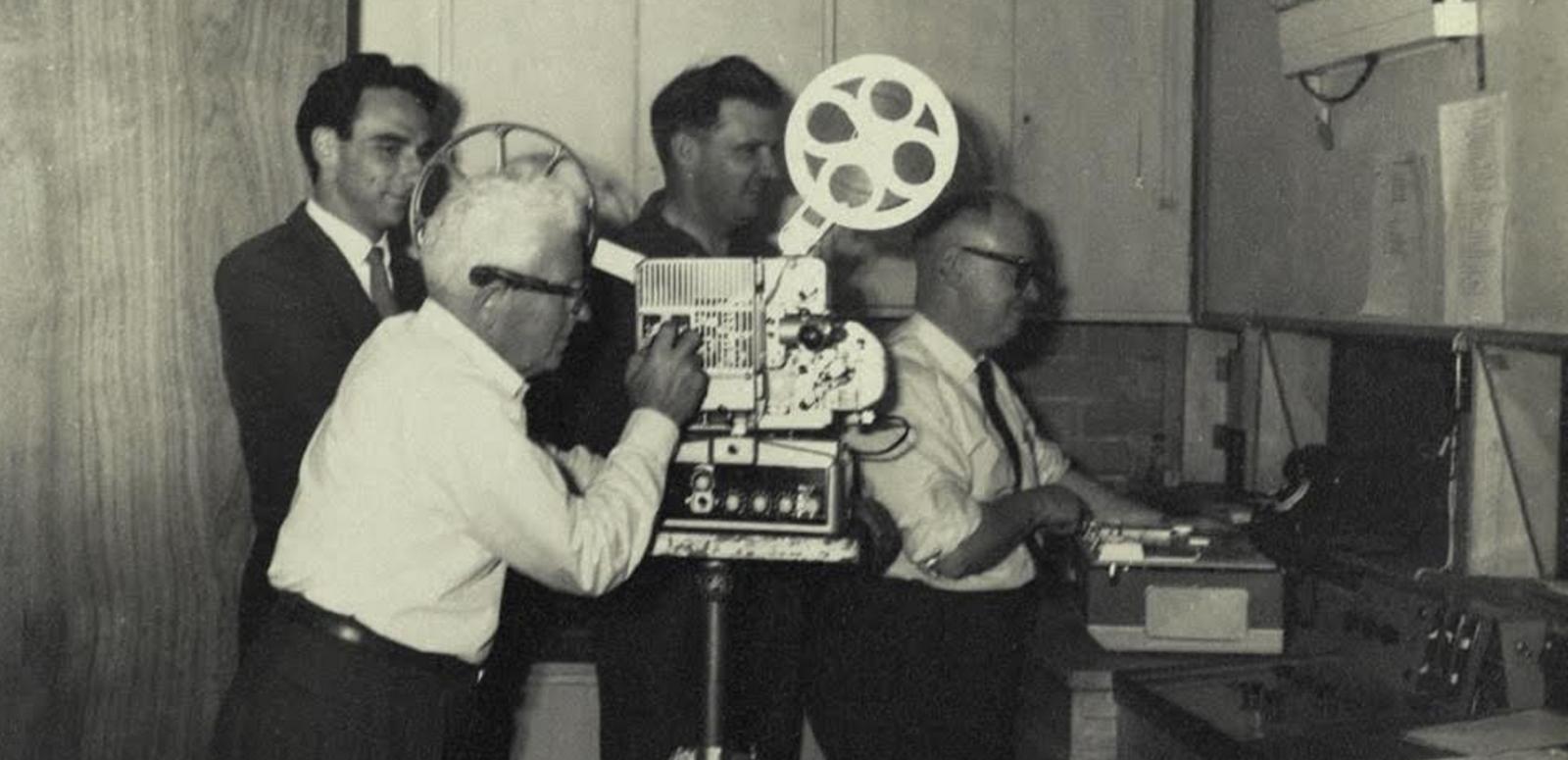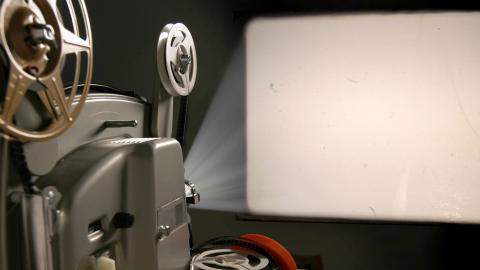For World Home Movie Day 2021, we are highlighting 3 amateur cine societies through films made by their members.
Amateur cine societies provided enthusiastic home movie makers with opportunities for coming together where they could learn, experiment, compete and make friends. Their shared hobby saw them grow ever more skilful with the language of film – framing, panning, plotting, adding titles, editing, and supplying narration and music.




